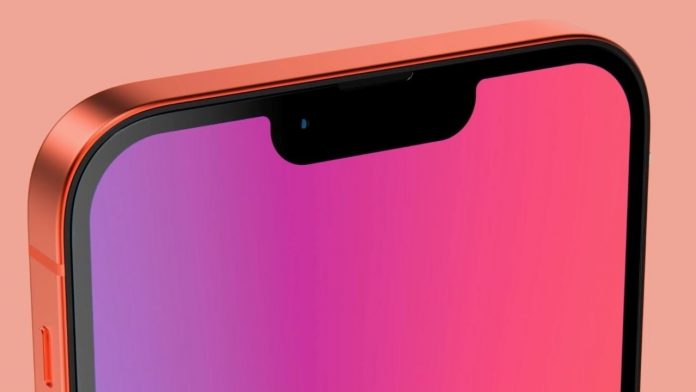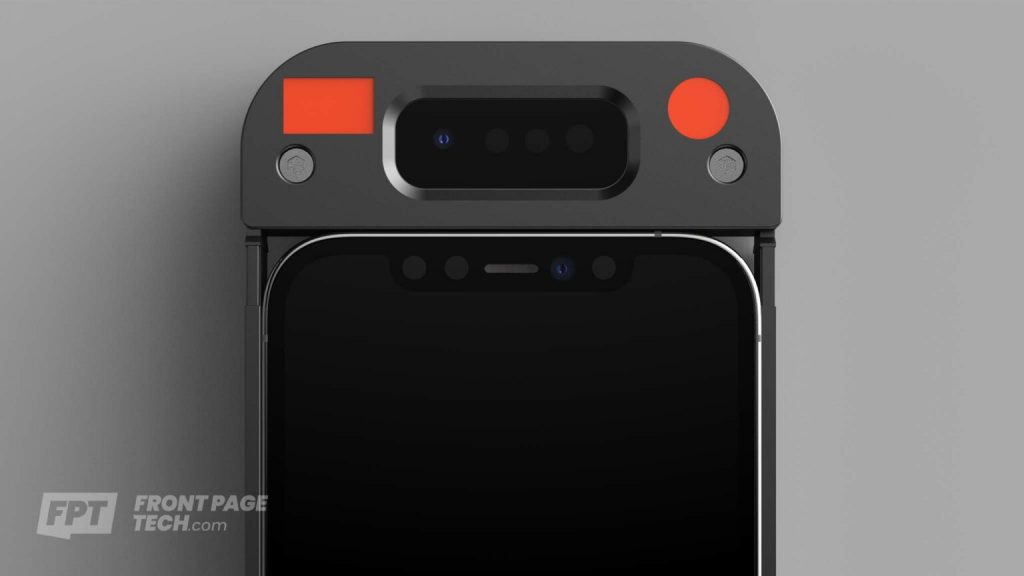Sources say Apple is testing new Face ID hardware with a COVID-like landscape in mind.
Apple has developed a prototype case for testing purposes only. It fits around the iPhone 12 and is being used to test the new Face ID array. An additional sensor array sits above the device in the case, which fits snugly around the phone. By using the new hardware within the case, the iPhone 12 bypasses the traditional Face ID array.
Based on our measurements, the prototype array matches the CAD files we published in June for the iPhone 13.
New iPhone 13 Face ID:
Observing the prototype case, the Face ID array in the prototype appears to be narrower than the one typically found in the iPhone 12. Furthermore, the prototype case’s camera is located on the left side. Consequently, it is possible that the array inside the prototype is the one inside the iPhone 13.
As a precautionary measure, we have chosen not to make public images of this prototype due to its identifying marks. RendersByIan made these 3D renderings of 75 prototypes from the videos and images that the source had taken.
The reason for using prototype cases with the new sensor and camera array instead of unreleased iPhones is the size and scope of the testing to collect as much data as possible.
The front-facing camera position within the array is moved from the right side of the notch on the iPhone 12 to the left side. As shown in the photograph below, based on our analysis of CADs of the iPhone 13:
To test the new hardware, Apple employees are required to wear masks and glasses. Masks may or may not be worn during some tests. While wearing a mask, other experiments are done while wearing glasses or without glasses. Apparently, the tests are pretty comprehensive, including several both indoors and outdoors, all types of eyeglasses and masks included.
It appears that the Face ID array in the prototype can authenticate and unlock an iPhone without the use of an Apple Watch. During a global pandemic that required the public to wear face masks in April. Apple released a software fix to the problem everyone was experiencing – Face ID not working when wearing a mask.







